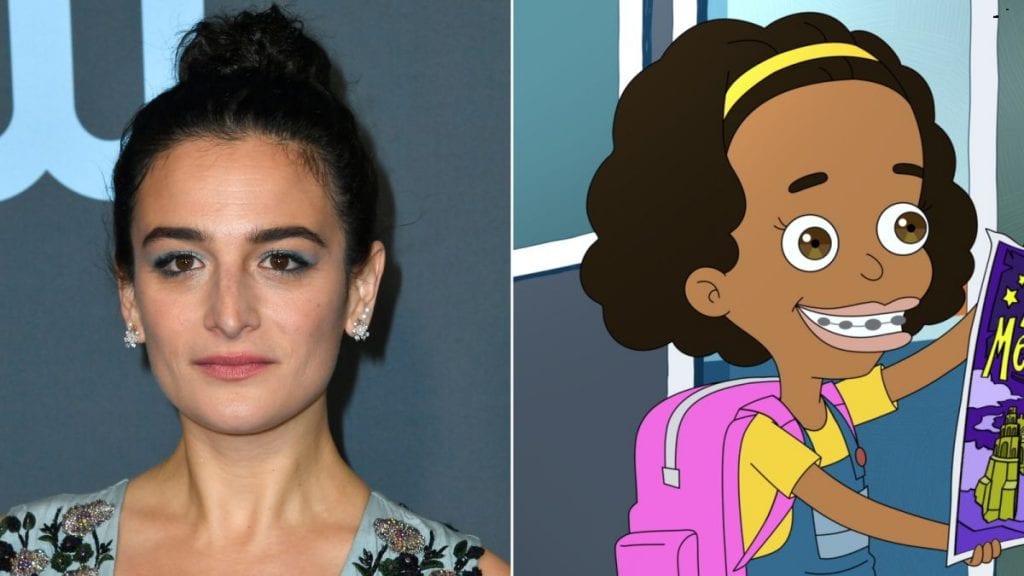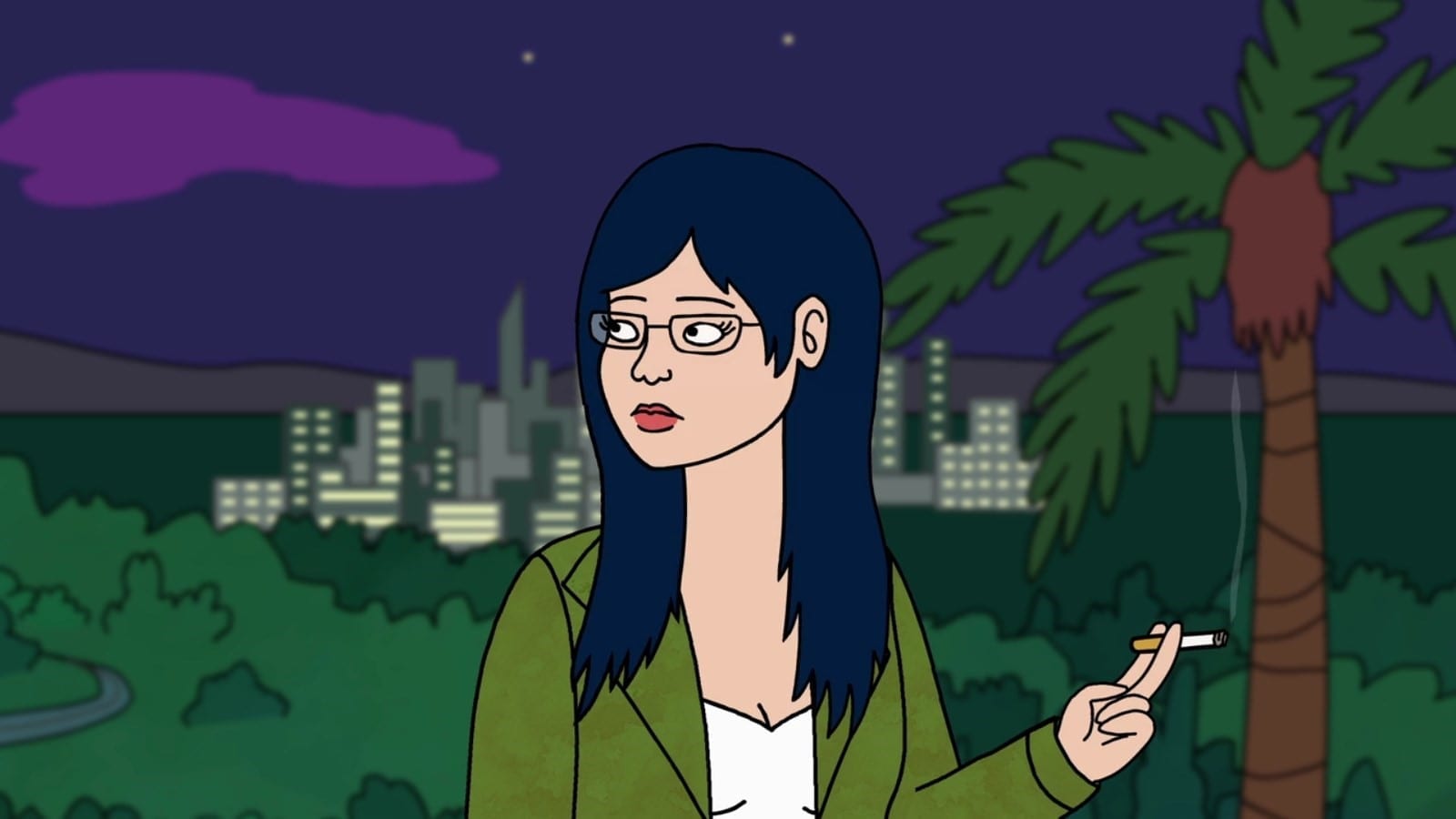The past month or so has seen creators of animated shows explain and act on various cases of whitewashing in their casts, as the media undergoes something of a self-appraisal amidst the continuing Black Lives Matter movement. Firstly, the creator of BoJack Horseman – Raphael Bob-Waksberg – took to Twitter to address why a white woman provides the voice for character Diane Nguyen. Diane is mixed race (Vietnamese-American), so the casting of Alison Brie came under scrutiny barely a season into the show.
As is seemingly doomed to happen whenever a show’s creator tries to lean further towards a socially-just form of entertainment, too many of the comments try to argue that it doesn’t matter. Others offer some sarcastic, tongue-in-cheek response that trivialises the issue (“why wasn’t BoJack voiced by a horse?” as one comment puts it). A theme in the critical response to Bob-Waksburg’s words is that the role of Diane is just ‘voice acting’ in an animation, and therefore matters less. This passionate, angered response is what you could call the ‘animated defence’ of whitewashed casting, a defence that should not hold up. This rebuttal of accusations of whitewashing seems unique to animated films and television. It appeared again when the producers of Big Mouth announced that Jenny Slate would stop voicing the character of Missy, who is also mixed race. Again, many of the comments suggest that as the show is animated and voice only, it somehow matters less that the character was whitewashed – despite the show’s producers themselves admitting there’s a problem.

More recently, The Simpsons and Family Guy clamped down on whitewashed casting too. Hank Azaria, who voices a number of Simpsons characters, announced that he would no longer voice the Indian shopkeeper Apu back in January, a role he has voiced for nearly 30 years, and the show has formally followed suit with the rest of their characters who are POC. Family Guy, meanwhile, has accepted Mike Henry stepping down from his role as Cleveland Brown, a character he has voiced for over two decades. And yet again, a lot of people wonder why it even matters.
The implication that whitewashing somehow matters less in animated TV shows is a troubling one, given how the animated medium suffers from a particularly sorry history of racist representations. The Jim Crow scene from Dumbo – cut from the film when it was made available on Disney+ – is one example, as is the character of Mammy Two Shoes from Tom and Jerry, a character founded in commonly-held prejudices of the 1940s and 50s. Of course, live action film and television were no less innocent, but animation carries the dangerous capacity to engrain these prejudices at a young age, since most were, and still are, considered ‘family entertainment.’
Racism is embedded into the very fabric of early cartoon entertainment and animated characters, a reality with foundations in the ‘minstrel’ shows of the 19th century. So fundamental is xenophobia to animation’s early days, that racism and seeing the ‘other’ as a source of entertainment is still part of animated entertainment today, no matter how far the art form has come since then. No better is the horrific endurance of racist tropes in animation laid bare than in the music video for Jay-Z’s ‘The Story of O.J.,’ a satirisation of the prejudiced character construction that has been allowed to exist in cartoons for decades.

Such blatant onscreen racism is never tolerated now, but when the world you’re watching is fictional in every sense, it’s what you don’t see that continues to stain the animated medium. Inequality and privilege risk going even more unchecked than with live-action shows, because animation exists completely at the whim of the creator. You don’t go out and film the real world as you find it, or even have the luxury of changing the physical location to whatever extent you can. The very existence of animated worlds is the product of creative thinking and artistry – nothing more, and nothing less.
The appearance and voices of characters are just as fictional as the imaginary settings and situations they exist in. This includes identity, and the visual markers audiences often rely on to separate one character’s identity from another. This can allow for some beautiful artistic creations to make the jump to the small screen, but this ability to morph, emphasise and change certain aspects of a human body can also be endlessly problematic. Anime in particular suffers from this, by granting overly-buff male bodies and skinny, overly sexualised female bodies to characters barely meant to be hitting their twenties – hardly good for the self-esteem of the target audience. Whitewashing is a different result of this creative license and with a different source. But this too is based in an unrestrained freedom to render bodies as the producers see fit, bodies that in an animated realm risk being even more divorced from their voices.

Blackface in live-action television is unacceptable beyond any doubt, not least in part because it is obvious that marginalisation is being rendered insignificant for the sake of comedy. As part of that comedic element, blackface is normally very obvious to the eye – Little Britain and Come Fly With Me are two especially toe-curling examples. But whitewashing in animation can be even more insidious, as the visual marker is easily distorted. You have no idea who the voice behind the character is unless you happen to recognise it or diligently search for them online afterwards. The disembodiment of voice acting allows performers to inhabit roles that really shouldn’t be theirs in a world where every single detail is at the whim of the show’s producers.
This is why it is immensely important for the creators of shows with the quality of BoJack Horseman and the pop culture legacy of The Simpsons to address whitewashing. Their admittance to culpability highlights the complacency that has existed in animation for too long. This does not change the fact that all of these shows should have addressed these problems long ago, or better still have never created them at all. They are products of the systematically prejudiced, white-dominated society of today, in the same way that old cartoons both reflected and empowered racist beliefs of the time they were made. The suggestion that it somehow matters less in animation is because of how this medium in particular distorts and subverts reality. You can have men playing women, and vice versa (something commonplace in The Simpsons since the beginning) and nothing seems even vaguely amiss. But to whitewash ignores systemic racism in entertainment, regardless of whether the animated world is real or the pure product of imagination. Animation has the same responsibility as all TV when it comes to giving actors of colour the opportunities offered to the white actors who too often get cast in their place.
Words by James Hanton
